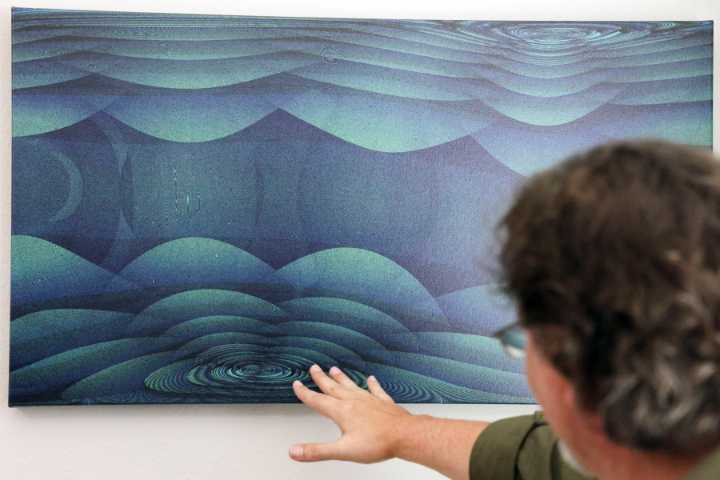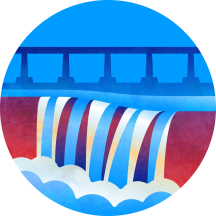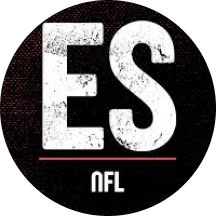DALLAS — The walls of Russell Stoneback’s home office in Plano, Texas, are alive with color — canvases streaked with vivid yellows, neon purples and somber blues. Some of these artworks are crisscrossed with wavy lines; others bloom with floral-like patterns that feel part M.C. Escher, part Georgia O’Keeffe.
Though they look like paintings, Stoneback never lifted a brush. Each piece is a portrait of data: scientific measurements transformed by a computer into stunning visual art — a way, he says, of making the invisible visible and turning science into something you can see, feel and maybe hang on your wall.
“People are disconnected from physics. It’s all math, and it’s challenging,” said Stoneback, a physicist and former professor in the subject at the University of Texas Dallas. “Usual

 The Columbian Life
The Columbian Life

 Democrat and Chronicle
Democrat and Chronicle Mediaite
Mediaite People Travel
People Travel The Daily Beast
The Daily Beast AlterNet
AlterNet Raw Story
Raw Story Essentiallysports Football
Essentiallysports Football People Human Interest
People Human Interest Associated Press Top News
Associated Press Top News